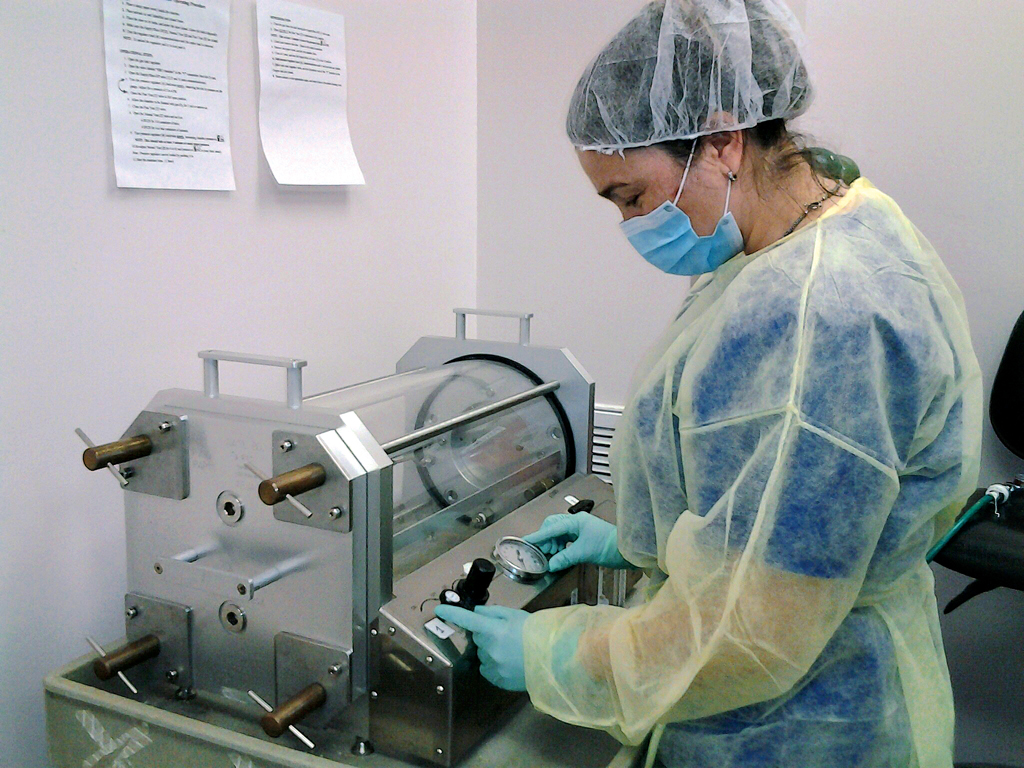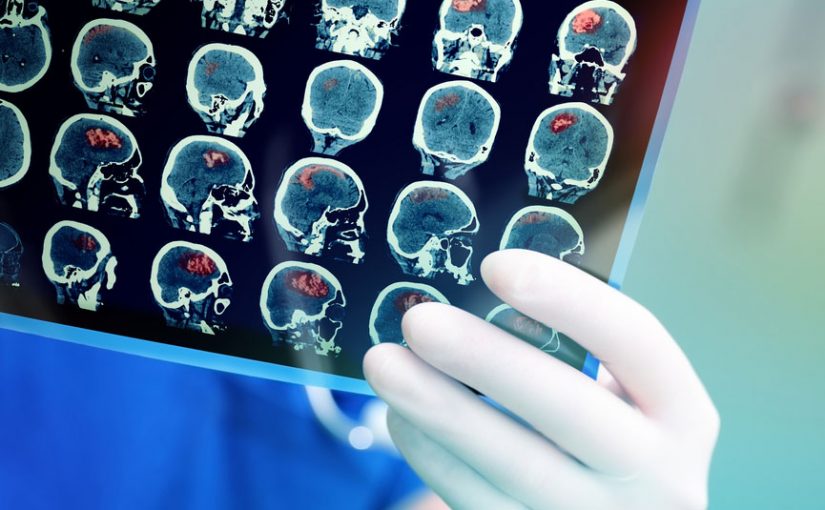Beta Cell Growth Factor or Just HOT Air?

If you paid attention in middle-school science class, you might remember that only about one-fifth of the air we breathe consists of oxygen; nitrogen makes up the remaining 80%. When humans are exposed to pure oxygen inside a pressurized chamber—a procedure known as hyperbaric oxygen therapy, or HOT—the treatment has shown to improve cellular function in many ways. Researchers at the University of Miami Miller School of Medicine’s Diabetes Research Institute (DRI) are exploring whether HOT, either alone or in combination with other therapies, may help prevent the initial onset of Type 1 diabetes or slow its progression in early-stage patients. Early experiments with pre-diabetic mice have produced encouraging results.
Therapy Beyond The “Bends”
HOT is routinely administered as a treatment for deep-sea divers who ascend too quickly and develop nitrogen bubbles in their tissues—a painful condition called “the bends.” Putting them into a hyperbaric chamber recreates the greater pressure below the surface and permits controlled decompression that gradually eliminates potential for the condition.
Treating divers for the bends is a one-time therapy. Multiple exposures to HOT also have been used, with varied degrees of success, for a wide range of treatments in humans including traumatic injuries like burns; neuromuscular diseases, such as Parkinson’s, cerebral palsy and ALS; and chronic conditions, such as arthritis and peripheral vascular disease.
The benefits of HOT therapy are the subject of vigorous debate in the medical community. More than 30,000 papers have been published either extolling its virtues or casting it as an expensive but ineffective therapy. Proponents of the therapy say that repeated exposure to pure oxygen in measured doses, such as 30 treatments of HOT lasting an hour at a time, can dramatically improve oxygen concentrations in all parts of the body, aiding tissue growth and cell regeneration. Given the role of beta cell destruction as the cause of Type 1 diabetes, it’s not surprising that anything that might improve cell growth and function, including HOT, is being explored. But the DRI seems to be one of the few places such tests are being done.
Stalling For Time
The virtues of stopping the onset of Type 1 diabetes are obvious. Slowing its progression once diagnosed may benefit new Type 1s by extending their “honeymoon period,” in which some beta cells continue to function. New therapies that may suppress further autoimmune attack, or help to regenerate new beta cells, are being pursued on many fronts today, and if a series of HOT treatments were shown to put the brakes on autoimmune beta cell destruction, it might be eagerly embraced by doctors.
Heading up the HOT team at DRI is Antonello Pileggi, M.D., Ph.D., director of the Preclinical Cell Processing and Translational Models Program at the organization’s Cell Transplant Center. He and other researchers have been working with a mouse model called NOD—non-obese diabetic—that is genetically bred to develop Type 1 diabetes. NOD mice are born pre-diabetic and develop diabetes through natural onset of the disease or drug-induced acceleration in the laboratory. Their response to treatment is the closest to that in humans of any laboratory animal. The HOT experiments are performed with both pre-diabetic and diabetic mice, in hyperbaric chambers about the size of a large fish tank, that hold up to 20 mice at a time.
“Pre-diabetic mice that received pressurized oxygen were 20 percent less likely to spontaneously develop diabetes than those that did not receive the treatment, and those that did develop the disease did so later,” says Pileggi. “Those that received the drug to accelerate development of the disease were 40 percent less likely to do so when given HOT therapy. Again, those that did become diabetic did so later when treated with a combination of HOT and other therapies.”
 Beta Cell Fertilizer?
Beta Cell Fertilizer?
There have been no studies of HOT in transplantation settings yet, but the researchers have already found that it doubled the growth of beta cells in the treated mice, which Pileggi says was a pleasant surprise. In addition, he reports that “T-cells (the cells that orchestrate immune system response) are fewer in number in treated mice, and some of the markers of inflammation are reduced in them too.” Pileggi’s team has also documented a reduction of other types of cells involved in immune response. “We don’t yet know why that is,” he says, “but it’s very important. Hyperbaric oxygen is somehow affecting the immune cells, so they are unable to destroy the beta cells, resulting in protection of the islets. At the same time, HOT increases beta cell mass by activating pathways that are inducing them to replicate. We are now trying to understand why and how hyperbaric oxygen therapy is achieving this type of effect. This could be a fantastic way of harnessing a very benign treatment that can be used with patients.”
HOT might also be used to enhance other therapies. “We envision doing small-scale studies to see if HOT can reduce the toxicity of certain immunotherapies given to patients to target immune cells and reduce inflammatory reactions,” says Pileggi.
Because there are no larger animals that mimic the human response to autoimmune diabetes, experimentation often goes directly from mice to human clinical trials. A steppingstone to those trials, perhaps beginning by the end of this year, will be experiments using human blood.
“We want to see if we can document modulation of immunity in the blood cells of individuals undergoing HOT,” says Pileggi. “That will give us more confidence in starting intervention trials with humans. If we are successful, human trials may begin within two years.”
Restoring normal insulin function is a vastly complex scientific challenge without a single easy answer. Although his research may seem as esoteric as it is microscopic, Pileggi never loses the physician’s patient-centric sense of purpose. “Being regularly exposed to patients with Type 1 diabetes, some with severe complications, has increased my commitment to finding a cure, and hopefully soon,” he says. “These aren’t people with a problem that is 10 or 20 years off. They have a serious medical problem today, and it has to be solved now.”
Thanks for reading this Insulin Nation article. Want more Type 1 news? Subscribe here.
Have Type 2 diabetes or know someone who does? Try Type 2 Nation, our sister publication.







